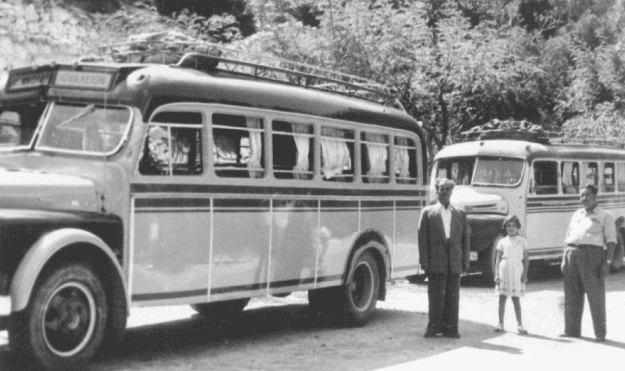
Historical review

The "ATHENA" complex has played a significant role in the industrial development of Heraklion. The original core of the complex was built in the late 19th century and operated as a production unit—a Soap and Olive Kernel Processing Factory—under the ownership of M. Vasilakis, N. Liapakis, Talianis, and Alepoudelis, the father of renowned poet Odysseas Elytis. In fact, Alepoudelis's property contracts can still be found in Heraklion’s Land Registry, and Odysseas Elytis himself signed the last sales agreements in the 1930s and 1940s.
With the end of its industrial operation in the 1970s, the complex's buildings were abandoned, undergoing severe interventions that altered the original structure, often with destructive results for the architectural form and, in some cases, the structural stability of the buildings.
During this same period, the factory's machinery was removed or destroyed, leading to a significant loss of Heraklion's industrial history.
The preserved buildings of the complex, along with the adjoining structures, are of notable architectural interest and collectively serve as a valuable example of early 20th-century industrial architecture. Additionally, they are considered valuable historical references for studying Crete's industrial architecture, which undoubtedly evolved alongside the political, social, and economic developments of modern history.
The complex is deeply linked to Heraklion's historical memory, as for much of the 20th century, it stood as an important industrial center in the processing of local agricultural products.
In July 2002, part of the complex was designated as a historic monument (Government Gazette 813/B 1-7-2002).
The restoration plan was based on the restrictions and institutional framework imposed by the complex's designation, aiming for the structural and aesthetic restoration of this historic industrial complex. The restoration project serves functional needs of the city, respecting urban planning constraints related to its integration within the East Urban Center (EUC) of Heraklion, as well as the specific requirements tied to the designation of parts of the complex as monuments of modern history.
Throughout the survey and design phases, from initial sketches to the final choices, the dominant themes were the memory of the site, its simple spatial structure, enclosed morphology, and strict materiality. The goal was to infuse the project with a modern narrative power.
Accordingly, design solutions were selected that were simple, flexible, and reversible. Existing structures, the relationship between the buildings and the open outdoor space, and the raw materials—stone, exposed concrete, metal, and wood—were approached as continuations of historical memory. Thus, the architectural program and approach to restoring the complex essentially "grew" as a natural extension of these elements.
From the study phase, efforts were made to identify and highlight the complex’s enduring functional characteristics, integrating them into a unified operational unit.
Upon completion, the restored complex, serving as both a cultural and recreational center and linking various educational, research, and entertainment activities, will decisively contribute to the enhancement of Heraklion’s Eastern Urban Center and port area.




